One of the best-known religious minority groups in the world, the Amish are a fascinating people and culture. Renowned for their traditional lifestyles, they live more simply than most of us, often focusing on farming and crafts while worshiping God based on a tradition split off from the Mennonites a few centuries ago.
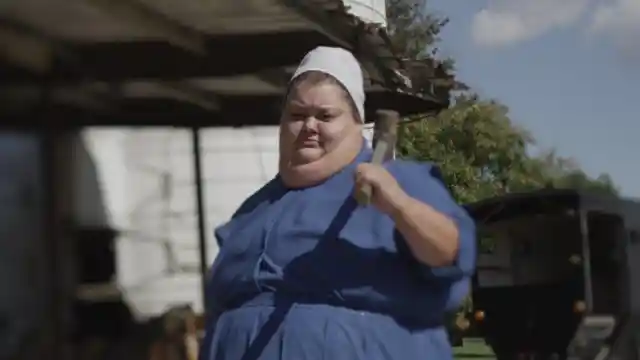

Over the past few years, the television channel TLC has made various shows showcasing Amish youth and has given the world an insight into a culture which generally opposes photography and the presence of outsiders. Despite some modern changes (accepted by only some sects) such as inside flush toilets and one telephone for the community, the Amish have done a remarkable job keeping to their traditional ways. We’ve already addressed the Amish quite thoroughly, but there is far more to say about this group of people who eschew modern conventions and wake at the crack of dawn.
Boys will pick a trade to go into, and girls are all pre-destined to be housewives. Because of this, they see no need for an education past the 8th-grade level. Amish children learn in one-room parochial schoolhouses taught by Amish teachers.


After that point, the child goes to vocational training with their family and members of the community where they learn skills such as farming and carpentry.
Amish life is governed by the "Ordnung," a German word for order. The rules vary from community to community.
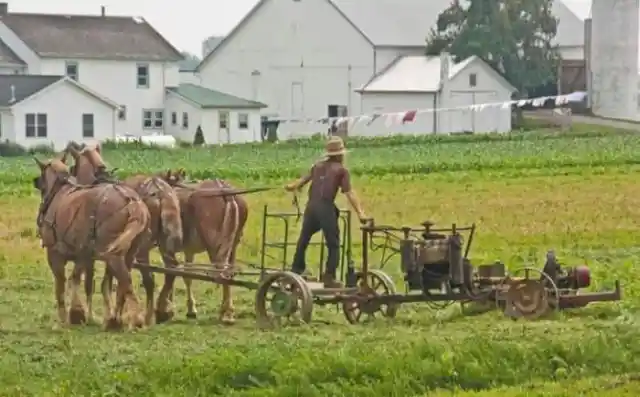
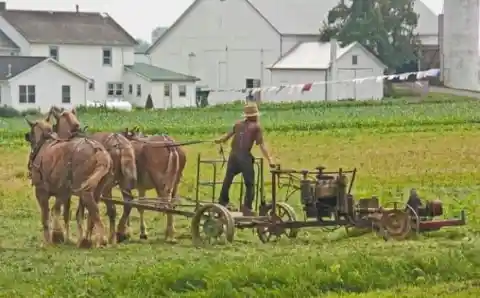
According to the Young Center, "Most Amish groups forbid owning automobiles, tapping electricity from public utility lines, using self-propelled farm machinery, owning a television, radio, and computer, attending high school and college, joining the military, and initiating divorce." Photos are banned because they might cultivate personal vanity, which runs against the church's prohibition of "hochmut," a word meaning pride, arrogance and/or haughtiness.
According to the Young Center, the Amish do not consider technology evil in itself but believe that it has the potential to bring about assimilation into the surrounding society. "Mass media technology, in particular, they fear, would introduce foreign values into their culture," says an article on the Young Center's website. "By bringing greater mobility, cars would pull the community apart, eroding local ties.
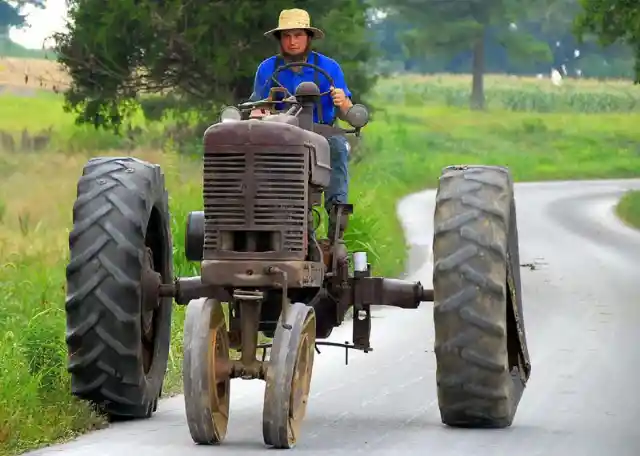

Horse-and-buggy transportation keeps the community anchored in its local geographical base." Some of the rules are seemingly contradictory — for instance, 12-volt car batteries are permitted by many communities while 120-volt electricity is not. In addition, most Amish are not permitted to drive motor vehicles but are allowed to hire outsiders — known as "English" — to drive them.
The Amish have found ways to run various businesses that don’t interfere with their religious principles.


Amish men will provide for their families as construction workers, factory workers, and a range of other professions you wouldn’t expect.
Amish communities do not believe in or use contraceptives, which results in large families. It's also said they aim to have as many children as possible! Although the average American family has about two to three children, the Amish kick things up a notch.
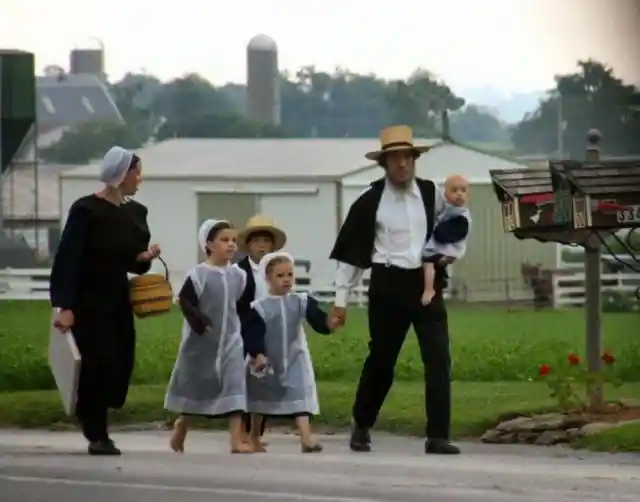
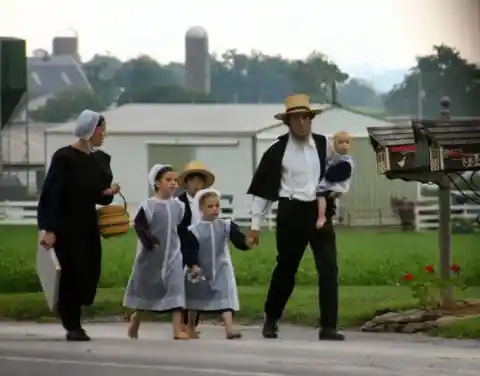
The average Amish family has about six to seven children. There are cases of Amish families having nine or more children. More kids mean more people to work on the farms.
Surprisingly, young couples are encouraged to share a bed together prior to marriage. However, both parties are fully clothed and a board is placed between them to prevent contact.
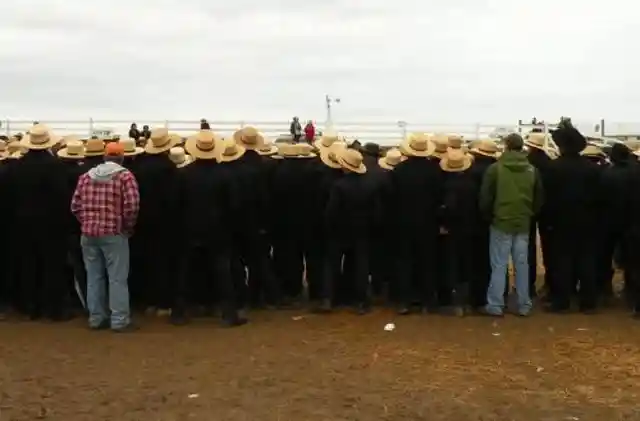
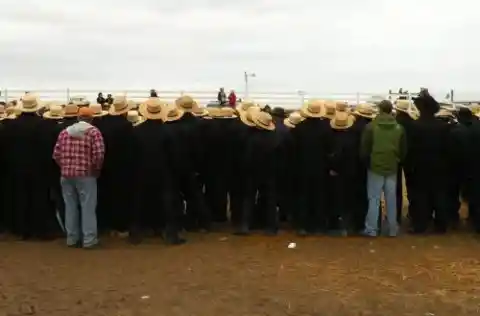
The idea is for them to spend the whole night talking instead of doing other things...
If a couple hits it off, the Amish dating process with the boy asking the girl if he can drive her home. At her house, they will go in and visit. At that late hour, the household will be sleeping so they have plenty of privacy.
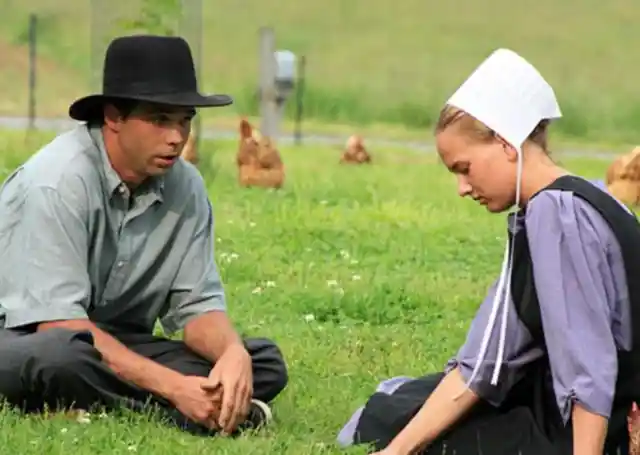
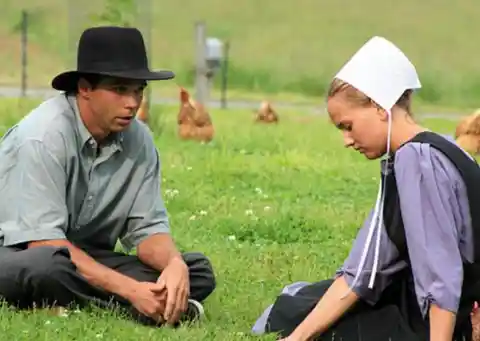
They may sit up long into the night getting to know each other. The boy makes the long buggy trip home in the wee hours of the morning. If both are willing, the couple starts going steady.
It is commonly said that Amish don’t like having their photos taken. “No photos please” signs are common in Amish communities.
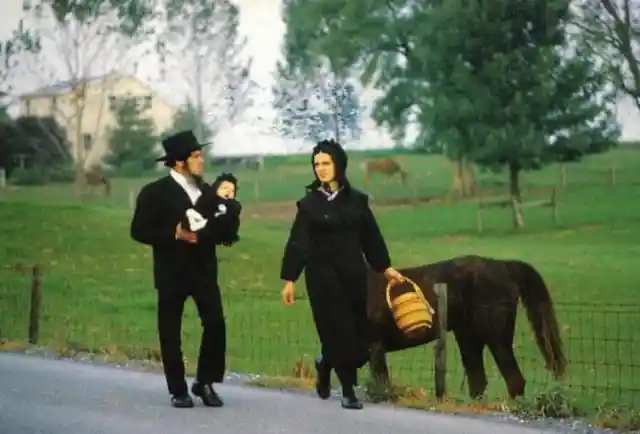
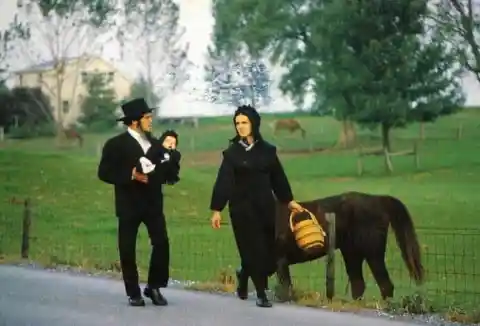
Amish dislike zoo-exhibit treatment, and most avoid picture-seeking tourists and photojournalists seeking to capture their likenesses. At the same time, there is a variety of thought on picture-taking among Amish.
While the Amish aren't opposed to allowing people to take their pictures, they do not take photographs themselves or keep them in their homes. Some Amish completely refuse to allow themselves to be photographed. Posed photos, in particular, may be seen as a show of pride.
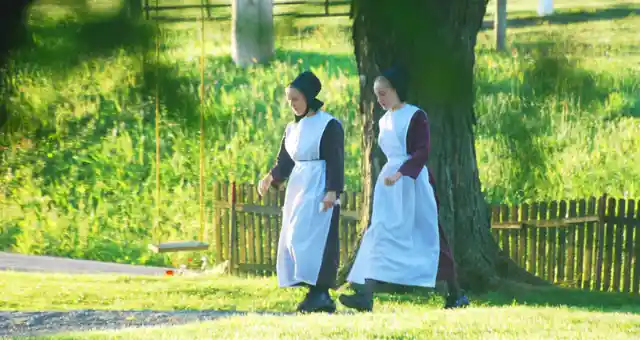
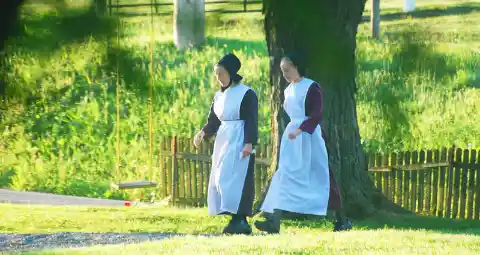
On the other hand, some Amish make a distinction between having one’s photo taken in a natural setting, vs. posing for a photo. Some have no problem with allowing themselves to be filmed or photographed, as long as it is obvious that they are not posing.
The Amish community owns 20% of America’s puppy mills. Annually, around five million dogs are killed in puppy mills, which equates to 11,000 per day. They are kept in horrible conditions, and some kept in cages their entire lives, especially if they are used for breeding purposes.
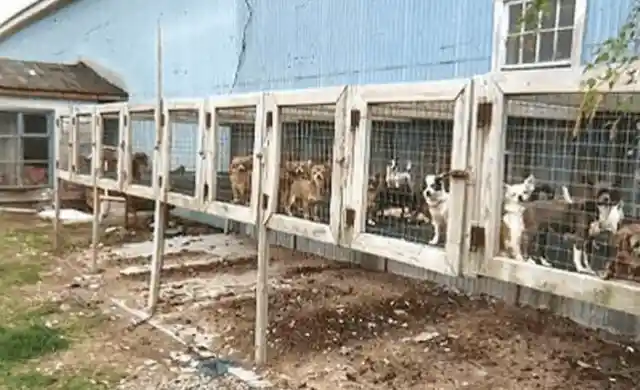
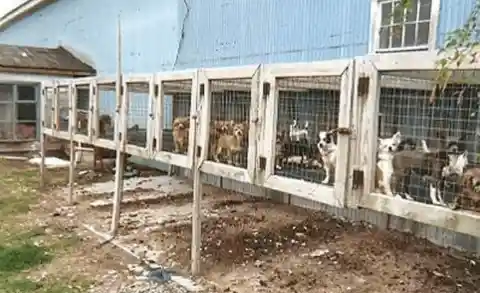
They can be stacked up to 10 cages high so that the ones in the bottom row have a 90% chance of developing an eye or ear infection. The puppy mill capital of the U.S. is considered Lancaster County, Pennsylvania, a place where puppy mills- and the land- is largely dominated by the Amish.
Education in the Amish culture is stopped intentionally at the eighth grade level. Well known for their approach to schooling, most Amish children attend class in one or two-room schools.


The reason behind the limited formal education is practicality (they need the older children to become farmers and craftsman, so they teach them those trades instead), and religious objections (they feel that higher education may teach ideas that negate their Christian values).
They see little value in traditional education, although some Amish do continue schooling after the eighth grade in the form of supplemental courses (especially businessmen), seminars, apprenticeships, and correspondence courses. One main objection from mainstream society about the lack of higher education for these children is that it leaves them with essentially no life skills and only an eighth-grade education, should they ever decide to leave the Amish community.
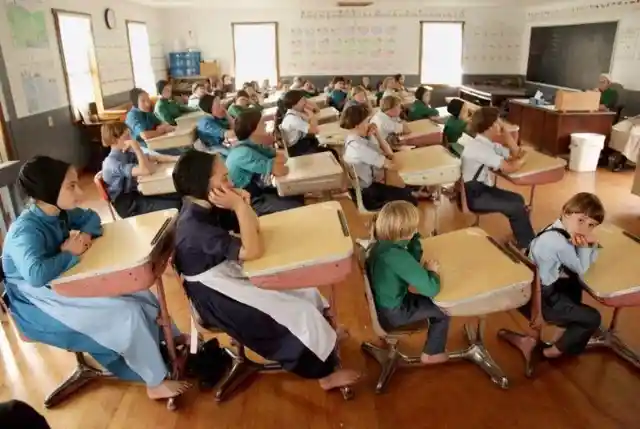

With no knowledge of the outside world, they basically have no choice but to stay.No
This bed shows the Puritan nature of the Amish society. In some Amish homes, the beds have a wooden divider between the husband and wife.


For many Amish couples, procreation is the reason to share intimate moments, so dividers like these allow them to not feel as tempted.
Shunning is no huge shock, as most people who know anything about the Amish know that they still use this awful punishment. In fact, the character of Leanne on Orange is the New Black was an Amish girl before she was arrested, and she was shunned by her community, so that episode made people even more aware of it. Called meidung by the Amish, shunning is their form of excommunication, inflicted for “crimes” like marrying outside the faith or choosing to leave the community and live a modern life.


You may remember Kate Stoltzfus from the TLC show Breaking Amish. She left her community behind and was recently featured in a Maxim photoshoot spread.
When a person is shunned, all ties are cut from the community, and that includes their family and friends. It is the most serious punishment one can receive and lasts until death, or until the perpetrator repents in front of everyone.


It is disturbing that a whole community can simply flip a switch and turn their backs on someone they have known their whole lives, and even more disturbing is that a mother, father, or sibling could do the same.
Building upon that idea of it being so difficult for the younger Amish to leave or even choose another life for themselves, they are supposedly given a few weeks in which to spend in modern-day culture. During this time, they are to decide whether they want to leave the Amish community or stay in it.


For 90% of Amish youth, it is really no choice, at all; if they leave, they will never be welcomed back, nor will they ever have communication with their families again.
Before a teenager is baptized, many young Amish will spend a period of time outside the Amish community to see what it's like.


This custom is called “Rumspringa”, and can be translated to English roughly as “running around”.


80 percent of Amish teenagers return to the community to be baptized after their rumspringa.
It is very harsh, and on top of that, they lack education, knowledge of modern society, job experience, money, or familial support. But some do choose the path of leaving.
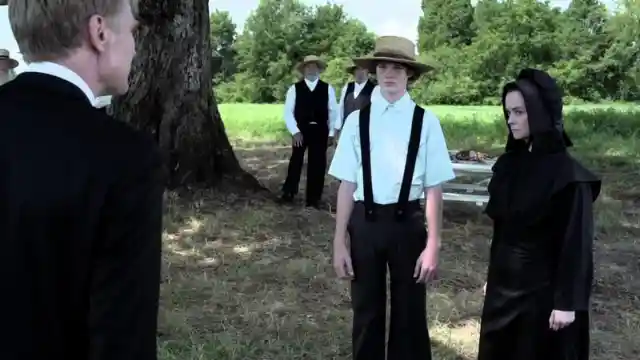

Of the ones that have, a few have been interviewed and seem happy with their choice, even though it was hard. One woman, Mary, got her driver’s license and was given a car by a friend, which she paid back with her $8.00 an hour job cleaning at a hospital.
The Amish community is a clear patriarchy, and gender roles are never questioned. They take literal instructions from the Bible.


For example: “The head of every man is Christ, and the head of every woman is man” (Corinthians 11:3); “Submit yourself unto your husband as unto the Lord” (Ephesians 5:22); and “A woman should learn in quietness and full submission” (I Timothy 2:11). Girls are not given sex education, and many are the victims of rape and incest at the hands of their elders, including family members.
The problem is so bad, in fact, that in Lancaster County, Pennsylvania, which is arguably the place in America with the highest population of Amish, communities outside of the Amish post information and hand out brochures for young women to let them know how to get help.


Some young Amish women do not even know they are being abused because that is all they have ever known or been taught.
Amish people may be simple farmers, but they release an alarming amount of fertilizer as runoff into the Chesapeake Bay. Collectively, they own 5,000 farms in Lancaster County, Pennsylvania, where the streams carry the fertilizer and manure to the bay.


A professor at Elizabethtown College and a studier of the Amish, Donald Kraybill, says, “They are very resistant to government interference, and they object to government subsidies.” So they have not been very receptive to the efforts of the Environmental Protection Agency, which has suggested improvements to individual farmers. But the farmers take it as an insult.
They reject anything from the EPA, therefore continuing to help create “dead zones” in the bay, which are places where the oxygen levels are too low to support life. Their farming practices are rooted in the less environmentally safe ways of the past; cows are allowed to wade into streams and defecate in the water, the placement of the farming fields works against proper drainage, and manure is utilized when holding tanks are full.


And according to an article on pennlive.com, “What matters is the work. A plain-sect farmer isn’t interested in much of anything unless it works for him – and his farm.” Sadly, it certainly seems that way.
Sadly, it is not just the puppy mills that are an issue. The Amish are known for being abusive toward many other animals, as well. We’ll start with the horses, whom the Amish view as farm equipment and not living creatures.


Their buggy horses are often underweight, lame, or scarred from ill-fitting saddles. They are tethered and left standing all day long, expected to then trot home in the fading light. When they grow too old or tired, they are slaughtered.
Moving on to cows, they have Holsteins that have udders so swollen, they drag on the ground between their legs.
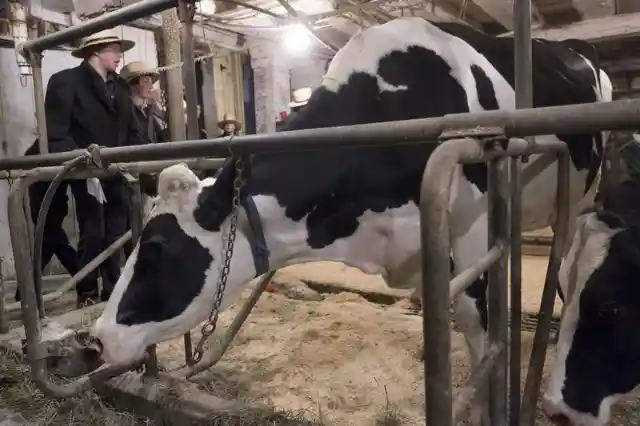
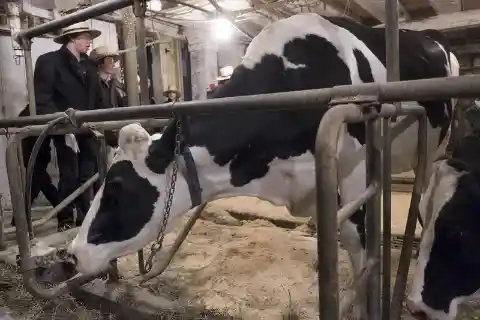
And back to the dogs, they kill healthy ones instead of paying to give them medical care when needed.
If you want to hurt or piss off an Amish person, apparently all you need is a pair of scissors. It is a rule among the Amish that women do not cut their hair, and men do not cut their beards. So to cut another person’s hair is one of the most serious offenses you can commit.


Even to cut one’s own hair or beard is punishable by shunning and shame. To cut the hair or beard of someone else is considered a hate crime and is severely punishable. Interestingly, mustaches are not allowed but beards are essentially required because beards were commonplace in the Bible.
However, men may shave or cut their beards until they are married, at which time they must stop. One example of a person committing a haircut/beard-cut crime in recent years is the case of Samuel Mullet (in the first of the mugshots above), who got 15 of his followers to attack other Amish communities in this way.
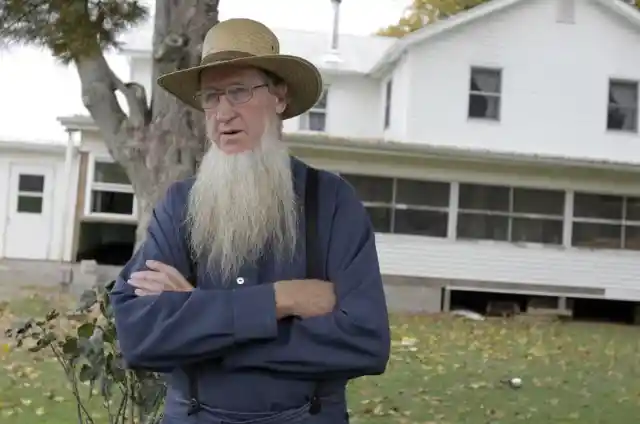
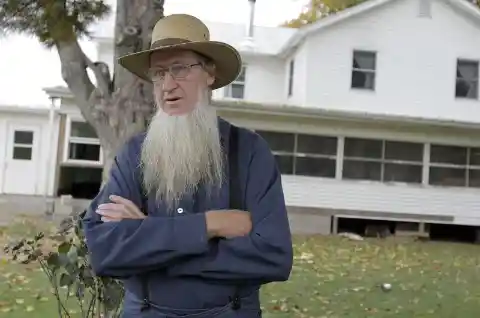
They were found guilty of cutting the hair and beards of rivals in their community. Convicted of religious hate crimes and conspiracy, Mullet is serving 11 years in a federal prison in Texas, while the others received various lighter sentences, and many are back home already.
Amish speak both English and Pennsylvania German or “Dutch”. Amish speak a dialect of German known as Pennsylvania German, or Pennsylvania Dutch.


There are some similarities with dialects of German spoken in Europe today, though Pennsylvania German includes numerous English words. Accents and manners of speaking Pennsylvania Dutch can vary between communities.
Additionally, the so-called “Swiss Amish”, primarily found in Indiana, speak a Swiss dialect which differs from that spoken by the majority of Amish.
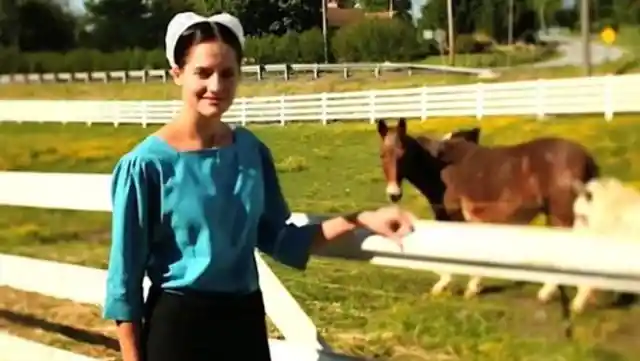

This can even cause difficulties in understanding between a Swiss-speaking Amishman and one from a Pennsylvania German language background.
Amish women may seem oppressed but are esteemed in Amish society. Amish women play a significant role in the Amish household and by extension Amish society.
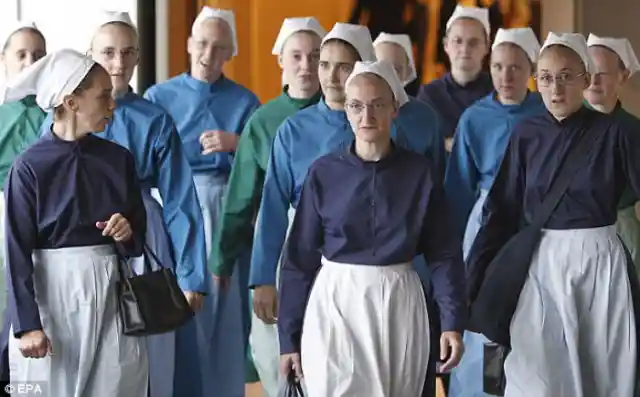

Women do not take on the same roles as men in Amish society, a fact that can disturb non-Amish observers of the culture.
Amish base their Christian communities on Biblical principles, meaning a more traditional calling for women.
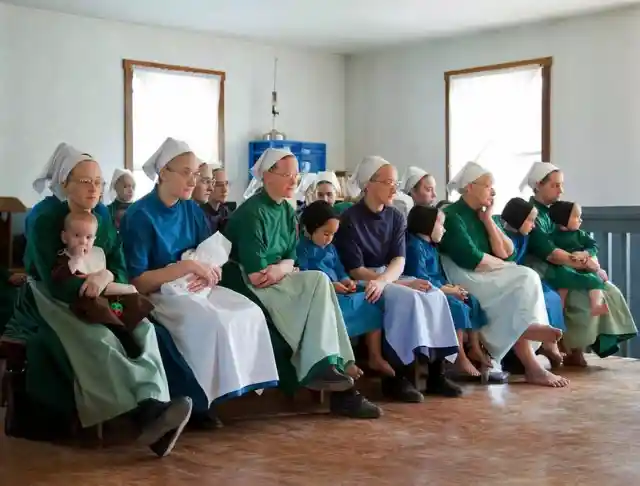
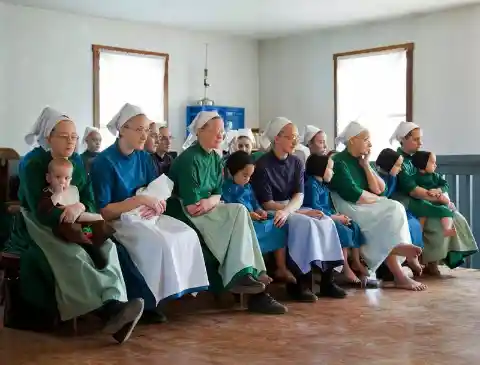
However, the perception of the Amish woman as necessarily oppressed is one which ignores the reality of her position, as well as Amish values.
When an Amish person dies, the funeral is held in the home of the deceased. Coffins are simple and plain, and they are hand-made by the community.
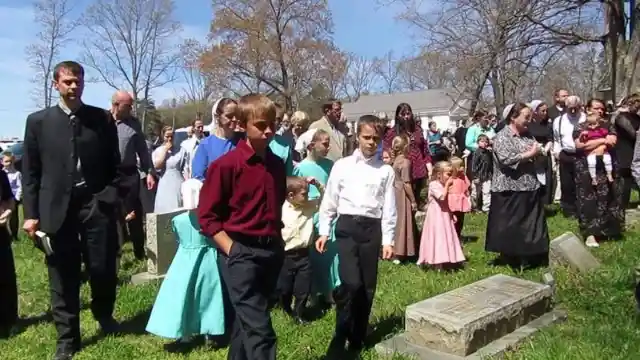

They dig the graves by hand because their belief is that modern technology is an interference, so they do not use machinery or electricity. Various community members pitch in to prepare for burial, which takes place three days after death because historically it took three days to dig the grave.
Some community members prepare the body, some build the coffin, some sit with the body while the grave is being dug, some actually dig the grave by hand, and some prepare a meal for after the funeral. The body is not embalmed unless it is state law.


The service focuses wholly on the concept of Christian resurrection, as the Amish believe that upon death, the spirit has left the physical body, therefore their intent is on praising God. There are no eulogies.
There are roughly 250,000 Amish living in America right now, descended from just 200 founders in the 18th century. They have a higher-than-average rate of genetic disorders, then, because of inbreeding.
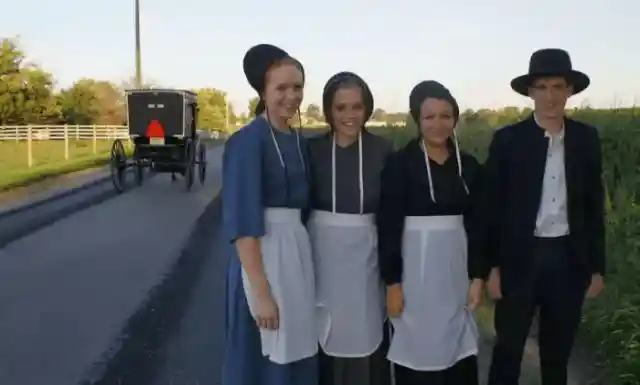
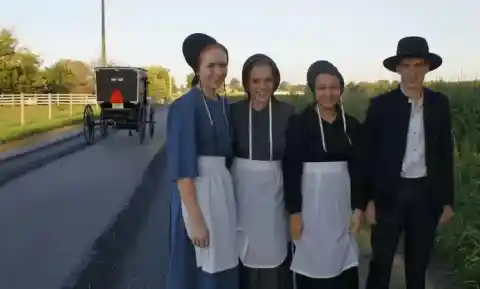
They have a high infant mortality rate, as well, but they simply view these things as God’s Will, or “Gottes Wille”.
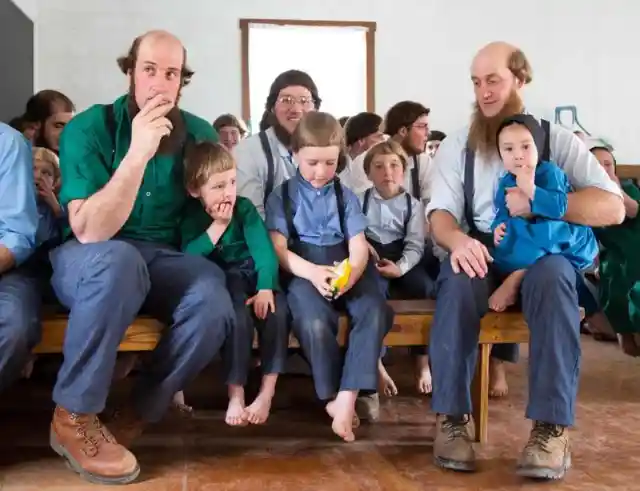
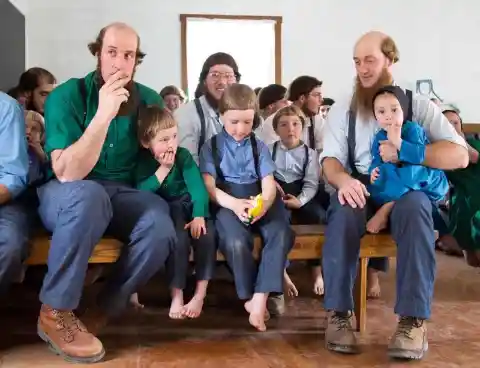
Before marrying, the Amish refuse to take any genetic tests to determine if they are somehow, even distantly, related, and thus when they have children, it is a toss-up if they will be born with deformities or a genetic disorder.
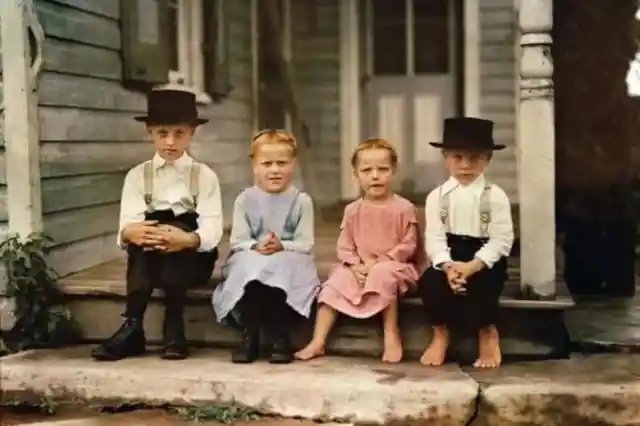
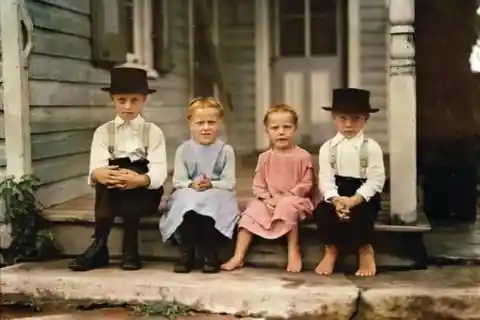
Because Amish get married so young and have so many children, their communities actually see a yearly growth rate of 3.6%, which is double the average American rate!
Amish men have beards, but no mustaches because of what the facial hair represents.
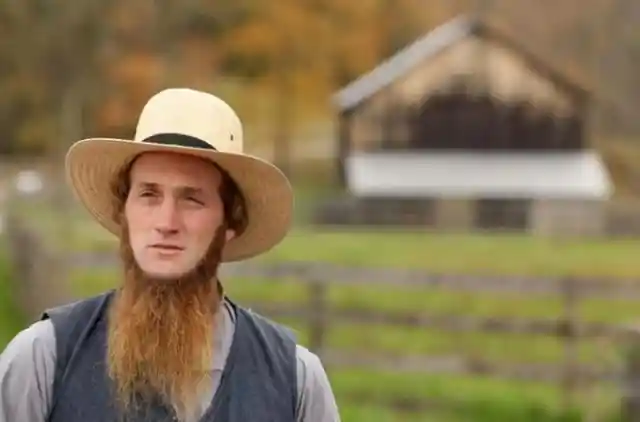
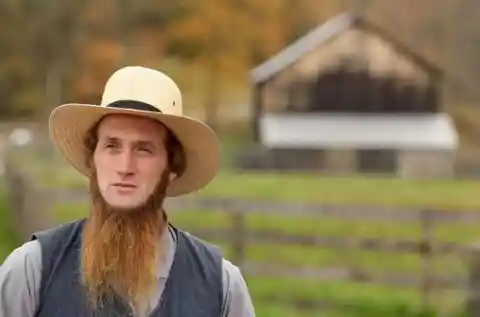
Mustaches were once seen as a sign of wealth and military, and the communities wanted nothing to do with either.
The Amish are not arrogant people, as they see that as a sin.
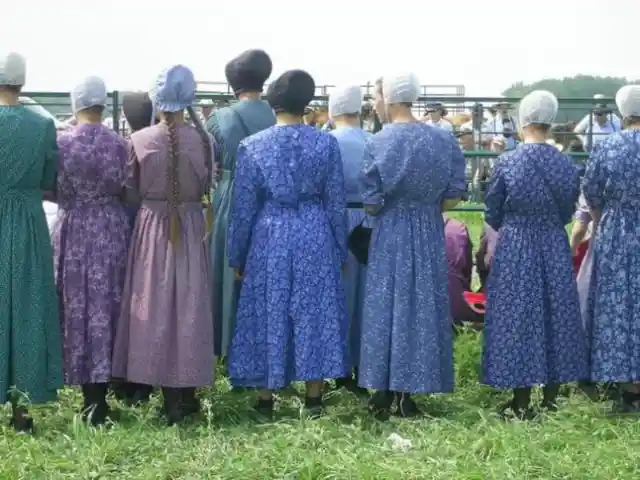
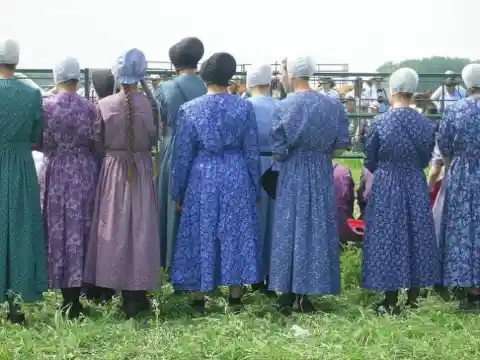
This being so, they do not judge or condemn people of the modern world for their lifestyle choices.
Once a couple starts “dating,” they will go out only a few times before deciding if they should marry.
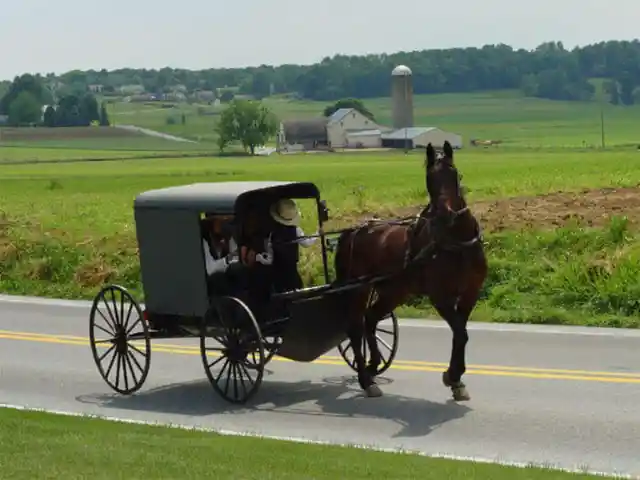
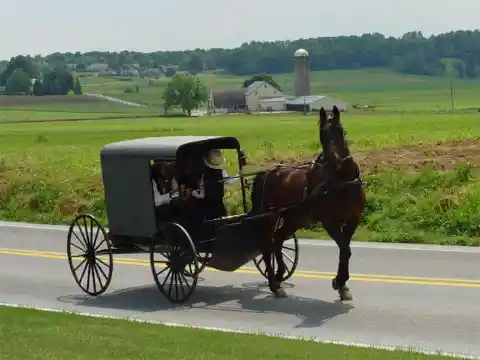
The church will then bless the marriage, and the engagement becomes official once it’s announced in their town’s newspaper.


Building barns is one way the men in Amish communities pass the time and socialize in large groups.
For such a religious community, the Amish do not see the need for extravagant churches or services.
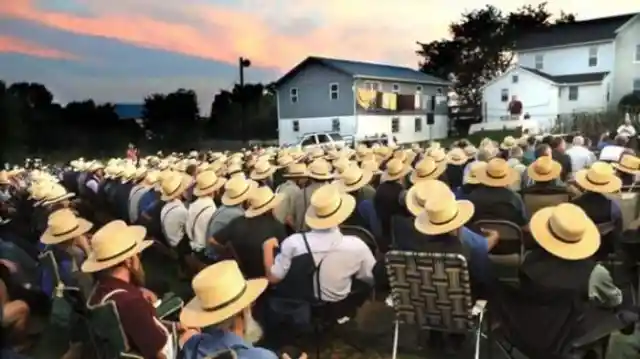

Instead, they show their faith in their work and how they live.


Unlike some Christian branches, the Amish believe in waiting until a person is old enough, typically around age 16-24, before accepting the religion.
Amish weddings are typically held at the end of fall and are devoid of anything that they deem too extravagant.
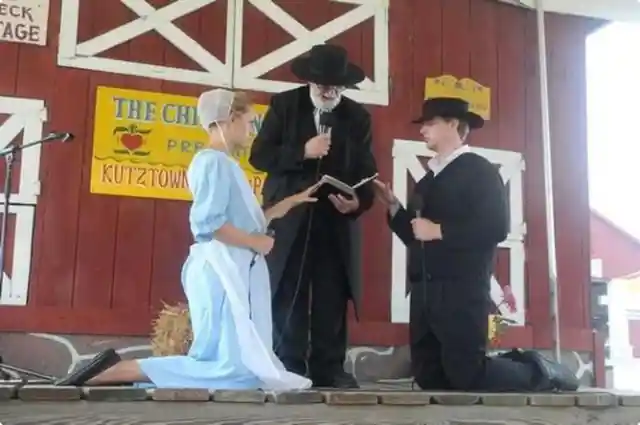
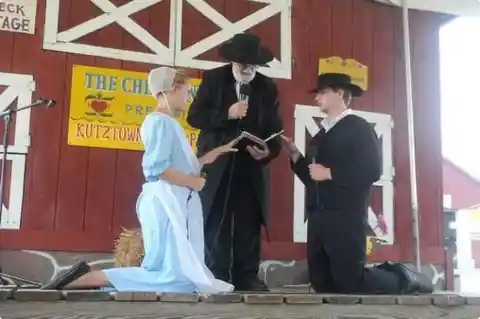
Instead of flowers, they commonly use celery, and the bride may not even wear a ring as it represents vanity.
They wear the same plain clothes that tradition has dictated for many years.
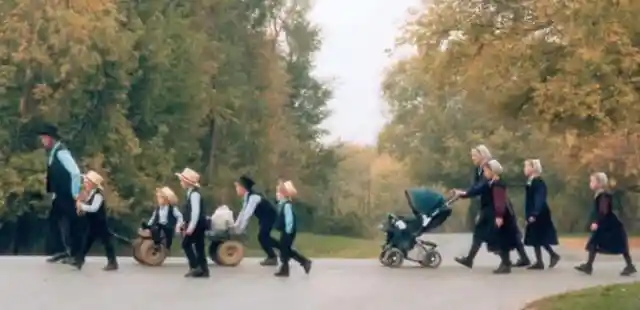
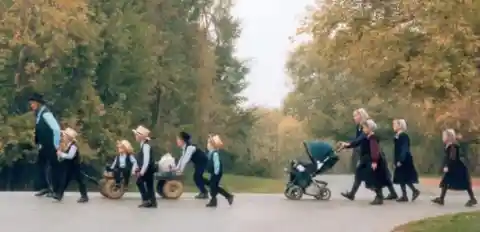
Amish are not allowed to wear bright colors or jewelry— not even to weddings!
The Amish not only produce their own food— free of pesticides and processing, but they also refrain from drinking and smoking.
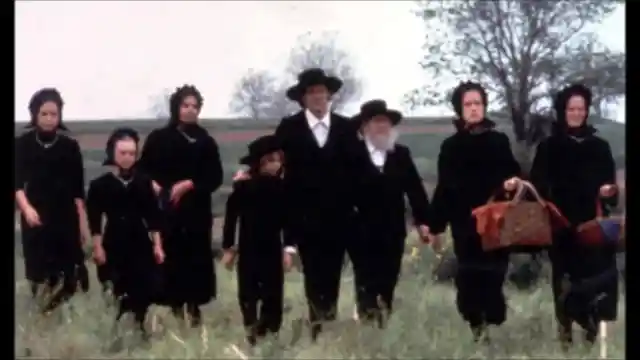
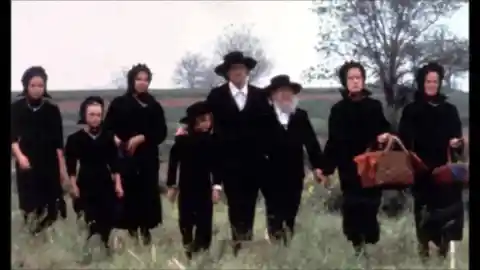
This healthy lifestyle means lower cancer rates for their communities.
Not only are the Amish soft-spoken, but they are also against violence in any form. Because of this, no men are allowed to join the military.
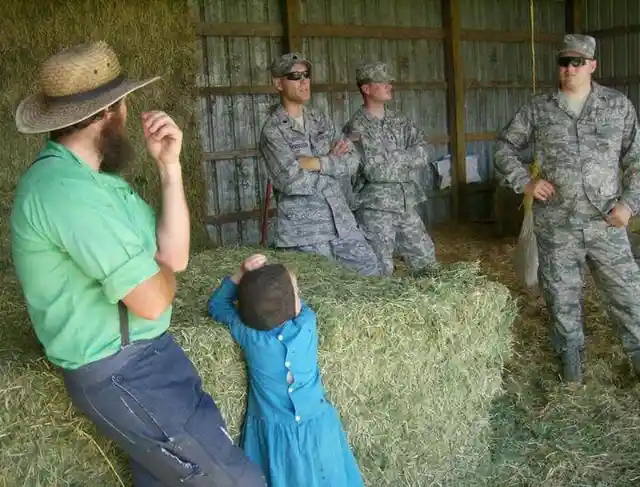
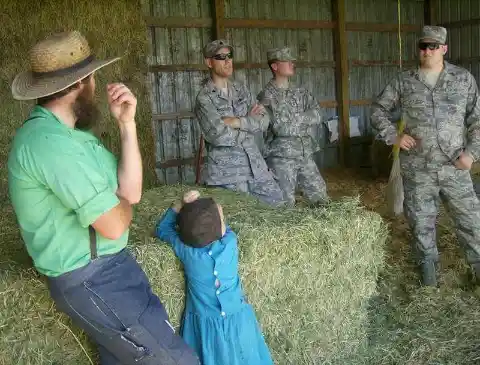
If they do join, they are banned from the community.
Guests mainly talk and offer their blessings to the new couple following a wedding ceremony.
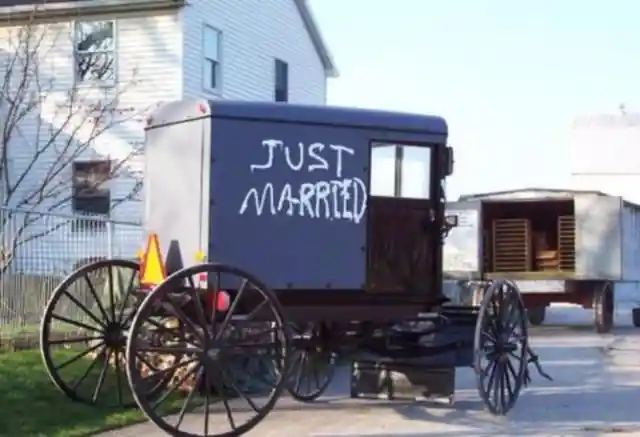

Then, the bride and groom spend their first official night together at the bride's parent's home.
The Amish escaped persecution in Europe by immigrating to America.
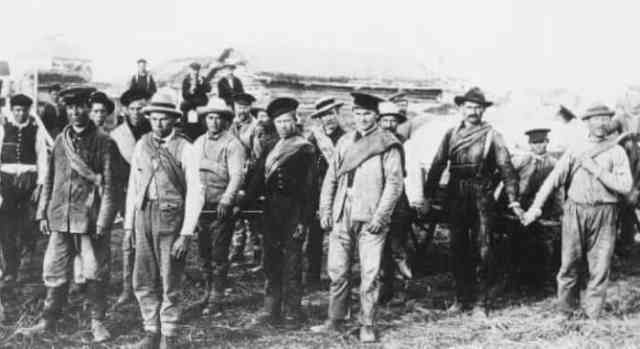
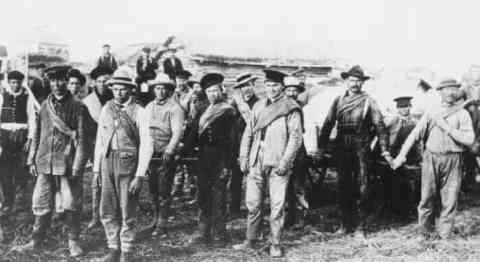
They found living more peaceful in their new country and decided to make it their permanent residence.
There are reportedly over 300,00 Amish people living in America!
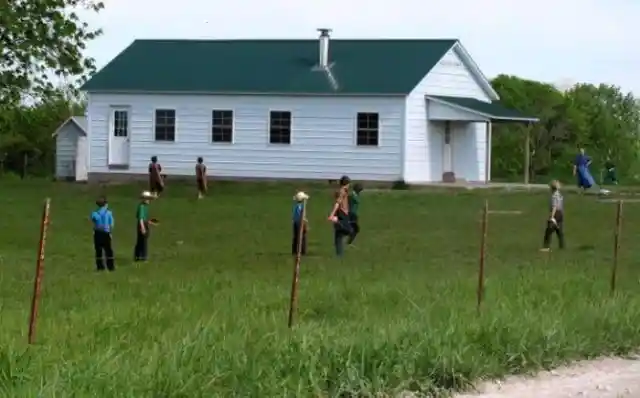
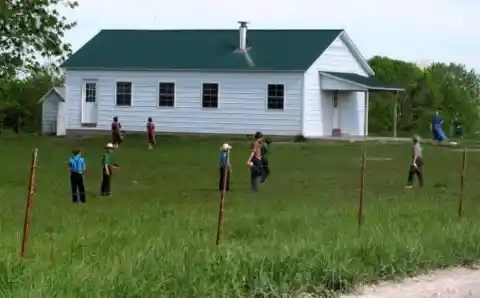
It would be hard for anyone not familiar with Amish communities to know just how many people actually reside in these communities.
Jakob Ammann, an Anabaptist leader, began the Amish movement when he left Switzerland and other Christians decided to join him.


Obviously, the word "Amish" comes from Jakob's last name.
Both communities find it greatly insulting to be mistaken for one another. The Mennonites, pictured on the left, are not as strict as the Amish.
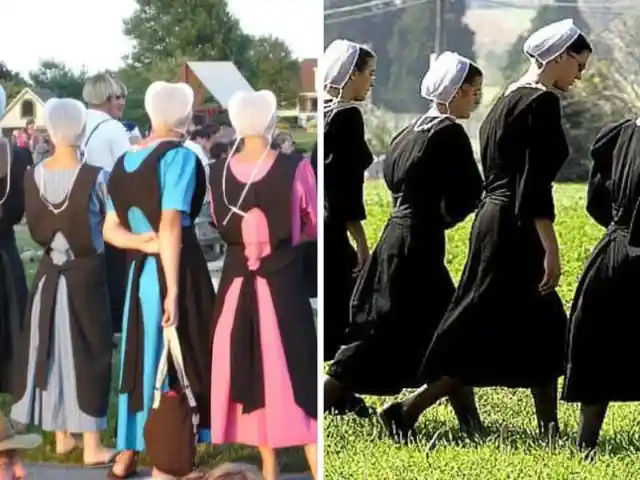
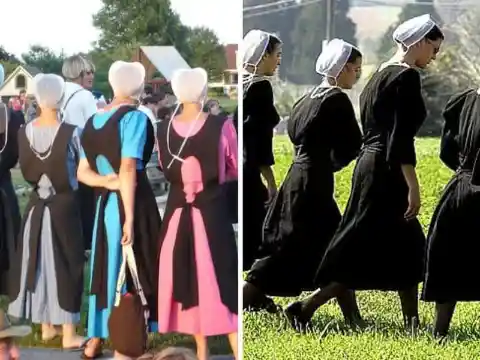
Mennonites may wear brighter colors, drive cars, and even live modernly.
50 years ago, the Amish were drawn to Mexico for its large plots of land and lack of military draft.


They brought Mexican influences back with them and incorporated them into their cooking, such as salsas and tortillas.
Amish children's dolls do not have faces.
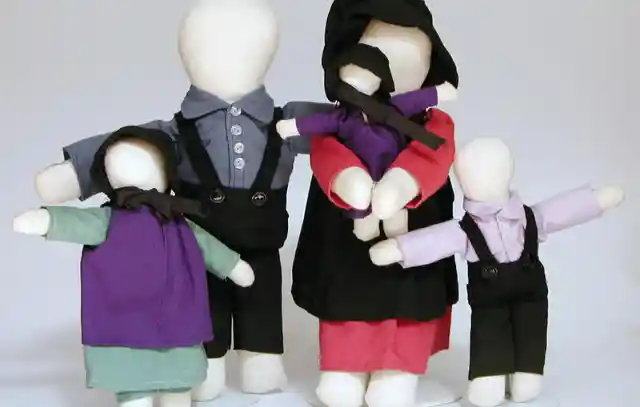

They believe that there is more to a person than just appearances, so they try to instill these values into children from a young age.
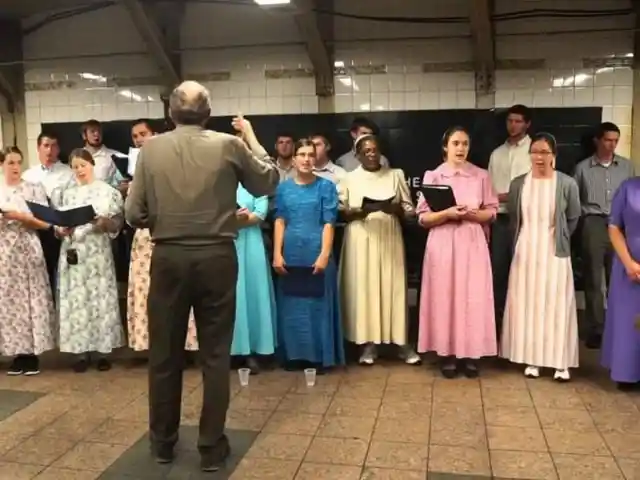

Similar to owning a doll with a face, learning a musical instrument is not allowed within the Amish community as it may lead to a sense of superiority or pride.
The Amish limit their dealings with the outside world and when a crime occurs within their community they deal with it themselves.


Although crime rates may appear low among the Amish, this could simply be that crime is not reported to the authorities.
The Amish do not recruit people into their community, and outsiders are seldom permitted to enter their church.
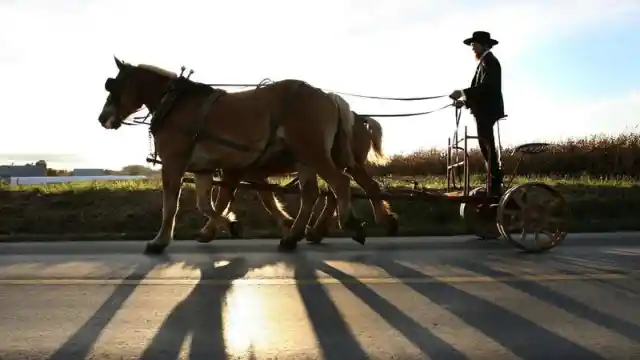
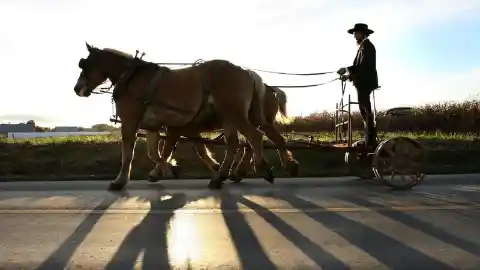
This means that marriage and reproduction are vital to the survival of the Amish community.
Leaders of the Amish church are nominated by the community. This process is called "the lot'.
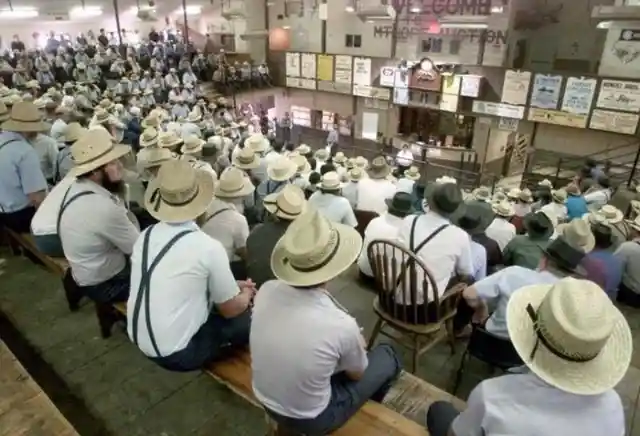
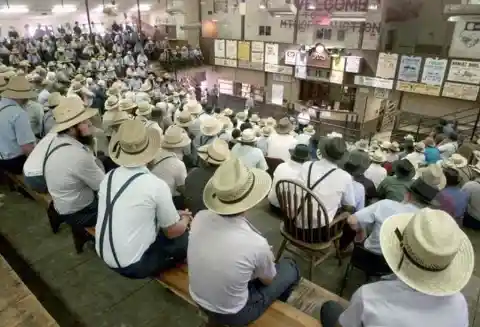
Each nominee is given a hymn book picked at random, and one book will have a piece of paper placed inside. Whoever receives this piece of paper in their book will become a church leader.
Amish communities sell handmade furniture, food, and textiles in their markets.


They will often invite the general public to these markets, and they have become extremely popular.
Food is an important part of Amish life. Meals are often served as community potlucks at a large table in the town's center.
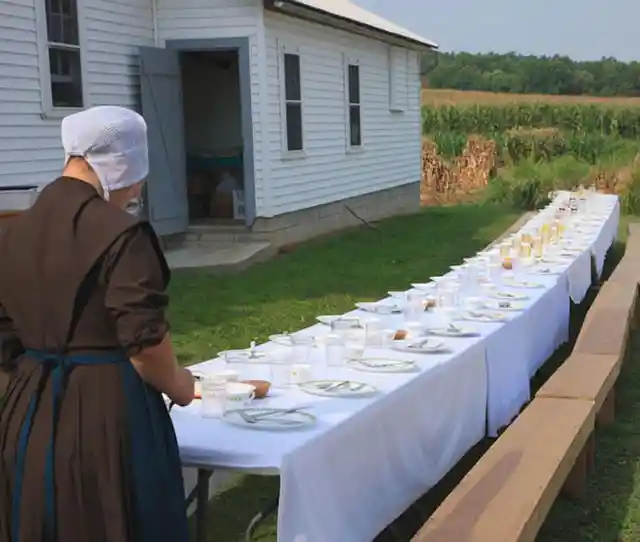
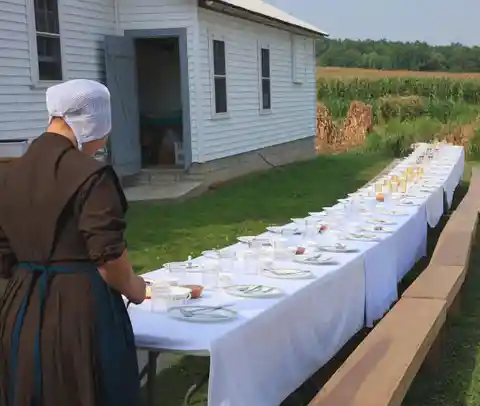
These meals are an integral part of socialization among the Amish community.